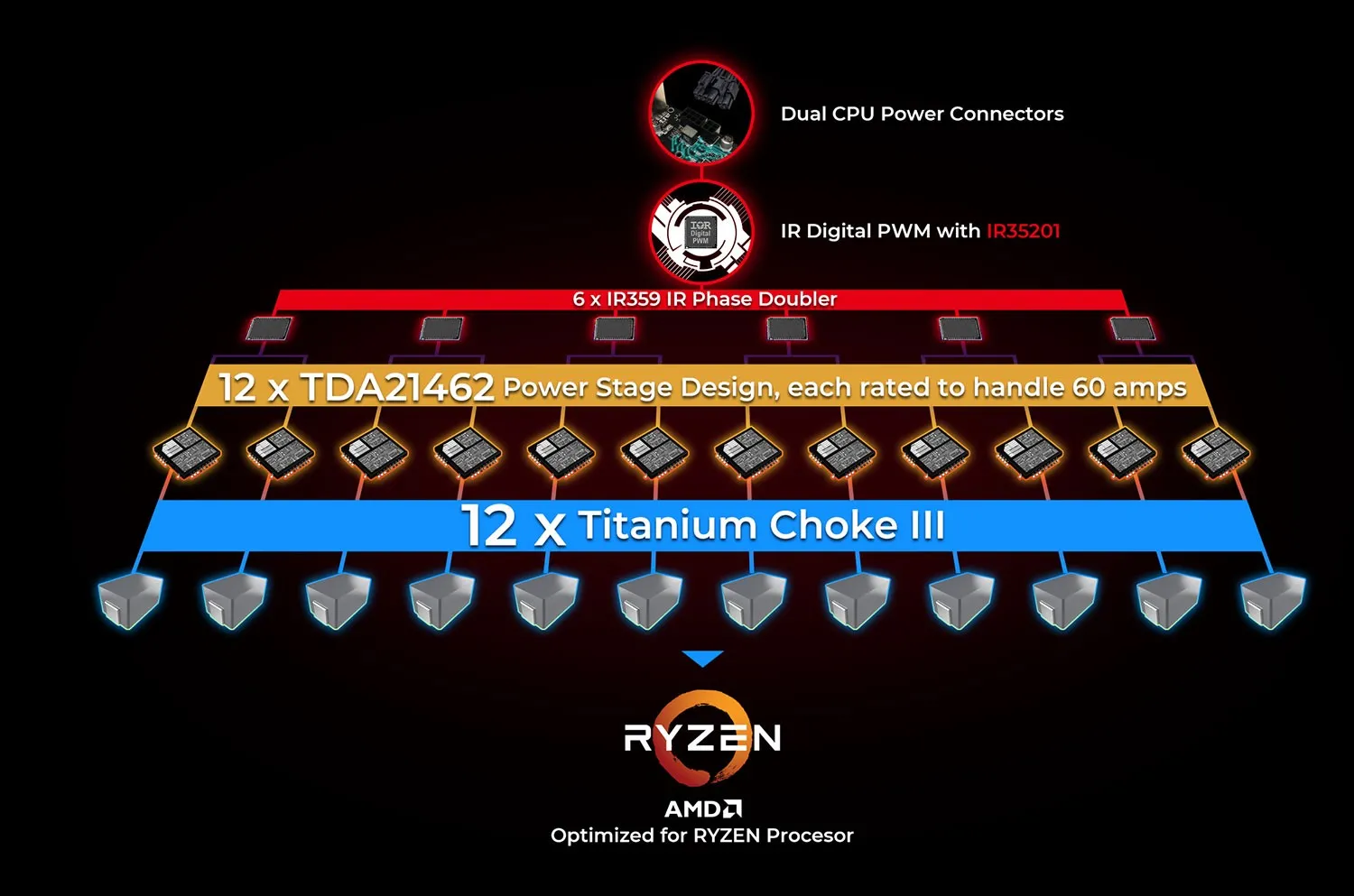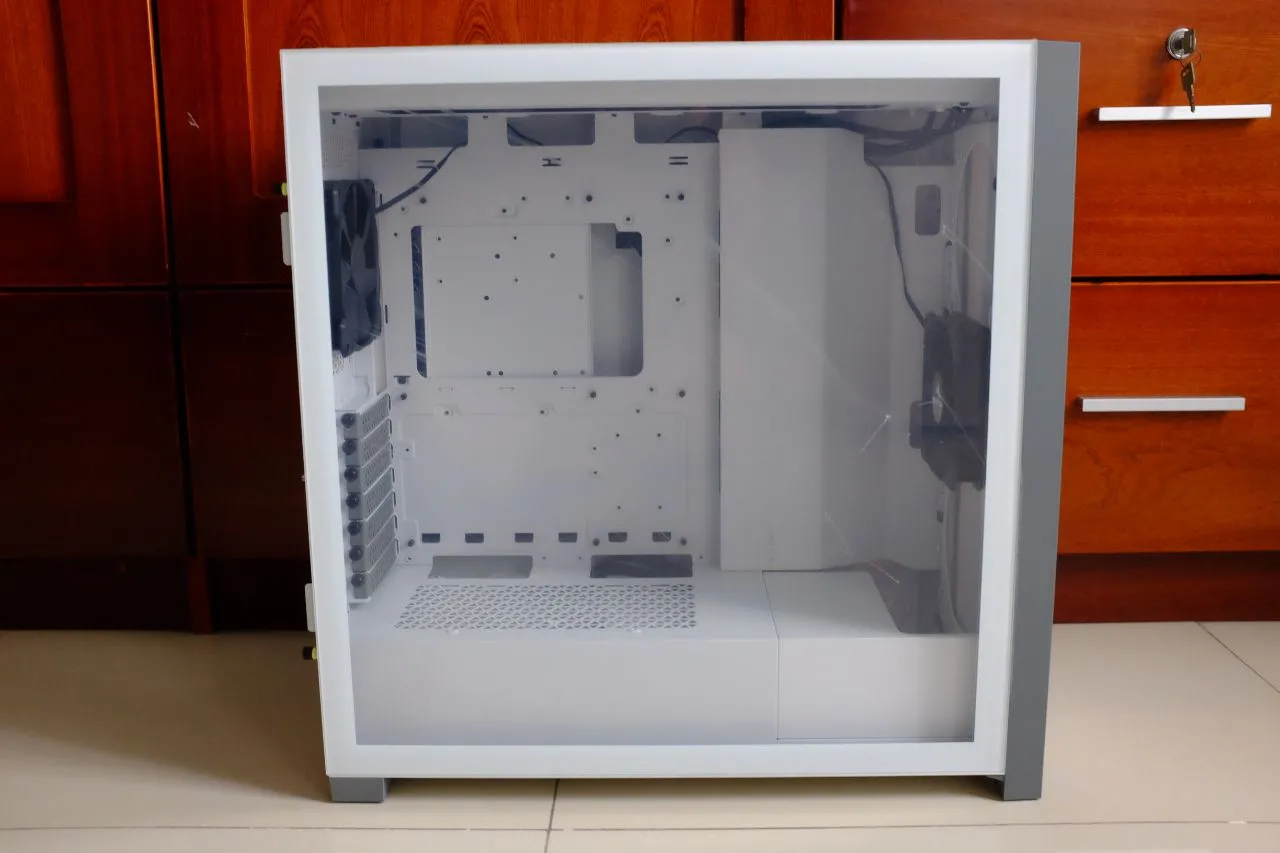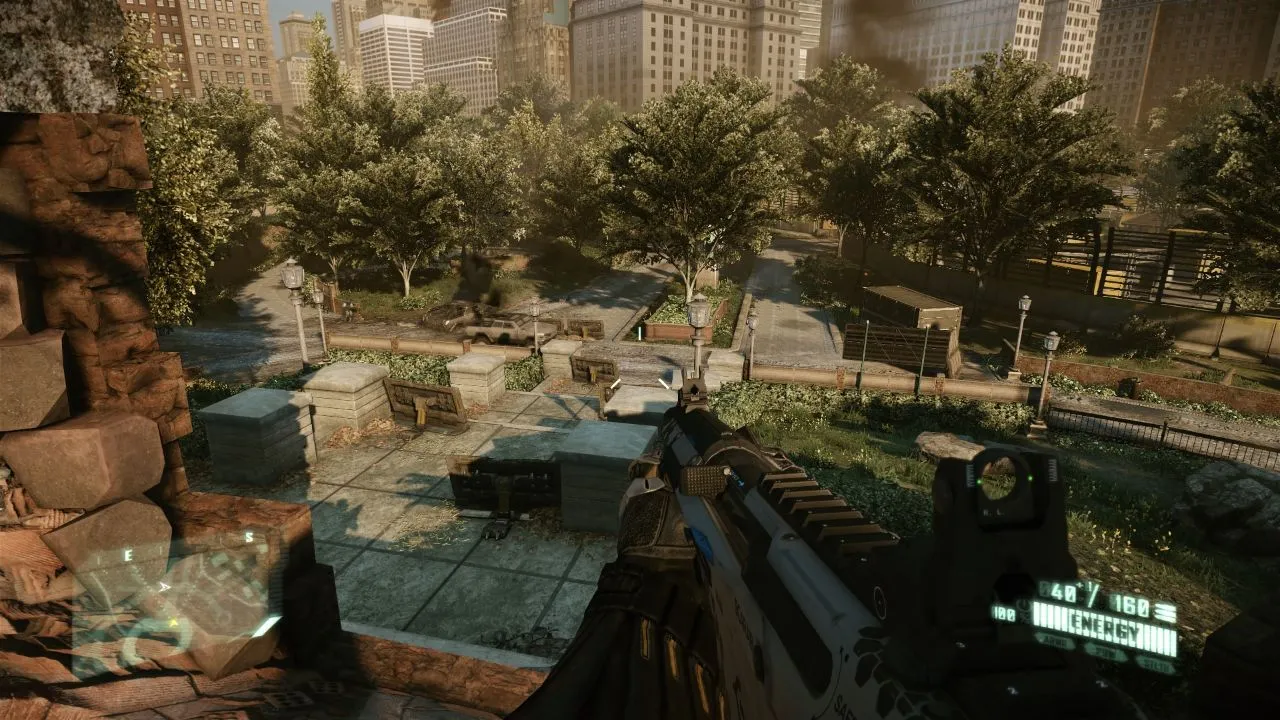
Light Fall Review: A Platformer With Potential, But Falls Short
Contents
Emerging in the 1980s, the platformer genre has become a gaming staple, weathering the industry’s ups and downs. While seemingly simple to develop, this familiarity presents a challenge: standing out in a crowded field. Bishop Games, with their Kickstarter-funded Light Fall, attempts to break the mold. After four years in development, Light Fall has finally landed on Steam. But does it live up to its potential? Let’s find out.
 Light Fall – Gameplay Screenshot
Light Fall – Gameplay Screenshot
The Shadow Core: A Versatile, Yet Limiting Tool
Light Fall‘s core gameplay mechanic revolves around the Shadow Core, a versatile box that can be used for jumping, wall-clinging, blocking projectiles, attacking, and even unlocking pathways. While these abilities are familiar to platformer veterans, the Shadow Core’s unique implementation adds a strategic layer. Only one Shadow Core can exist at a time. Create a platform to reach higher ground? The previous one vanishes. Attack while standing on the Shadow Core? Your footing disappears. Furthermore, you’re limited to using only four Shadow Cores between touching the ground, forcing careful planning and execution.
This limitation creates a compelling risk-reward dynamic. Every move counts, as a single misstep can send you back to the last checkpoint. Death is frequent, but each failure is a learning opportunity. You’ll gradually learn the optimal placement of the Shadow Core and the rhythm of the game.
 Light Fall – Gameplay Screenshot
Light Fall – Gameplay Screenshot
Light Fall‘s pacing is dynamic, shifting between periods of methodical planning and bursts of intense action. The successful integration of core platforming mechanics into a single, controllable element is commendable. However, it’s not without its flaws.
A World of Style, but Lacking Substance
The world of Numbra, where Light Fall takes place, is visually striking in its simplicity. Reminiscent of Limbo with a touch of color, the minimalist art style effectively conveys a sense of danger, loneliness, and coldness. The soundtrack complements the visuals, with mellow melodies punctuated by intense bursts during fast-paced sequences. Sound effects are similarly simple yet effective. The overall presentation is elegant and understated, rather than relying on bombastic visuals or audio.
Hidden throughout Numbra are collectibles that offer glimpses into the world’s lore and history. Rescuing frozen inhabitants or discovering golden orbs adds an element of exploration and replayability. However, these elements, while engaging, don’t fully compensate for the game’s shortcomings.
 Light Fall – Gameplay Screenshot
Light Fall – Gameplay Screenshot
Falling Short of Greatness
While innovative, the Shadow Core mechanic doesn’t feel entirely fresh. It cleverly combines existing platforming tropes, but lacks true originality. More importantly, Light Fall fails to fully capitalize on environmental interaction. The focus remains solely on the player character and their immediate surroundings, neglecting opportunities for more dynamic gameplay.
The beautiful world of Numbra is marred by jarringly placed obstacles and hazards. Why is this spike pit here? Why is this lightning bolt there? The contrived placement of challenges disrupts the immersion and highlights the artificiality of the environment.
The narrative, while coherent, lacks depth and impact. It serves merely as a vehicle for the protagonist’s journey, lacking any meaningful subtext or compelling themes.
 Light Fall – Gameplay Screenshot
Light Fall – Gameplay Screenshot
Conclusion
Light Fall demonstrates ambition and potential, but ultimately falls short of its goals. The innovative Shadow Core mechanic, while engaging, doesn’t fully realize its potential. The beautiful yet artificial world of Numbra and the shallow narrative further detract from the overall experience. While Light Fall strives for distinction in a crowded genre, it lacks the depth and polish to truly shine.





Comments (0)